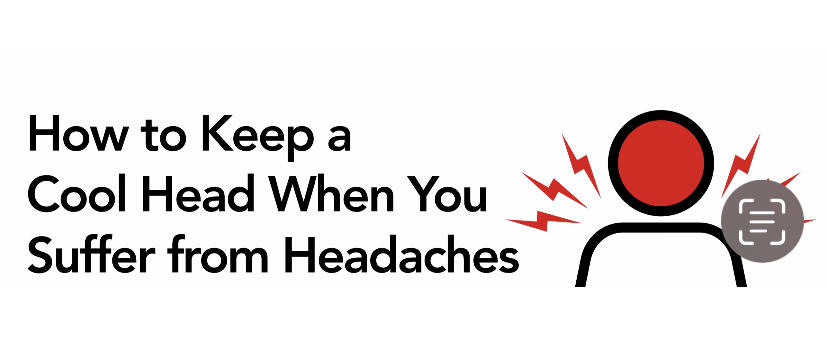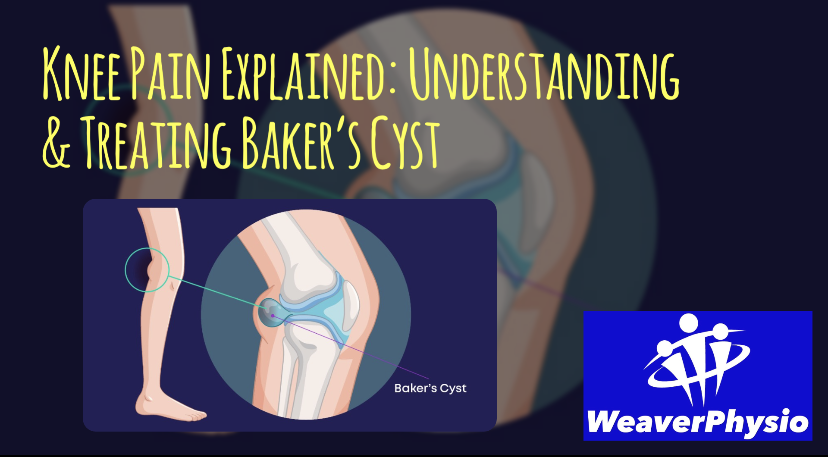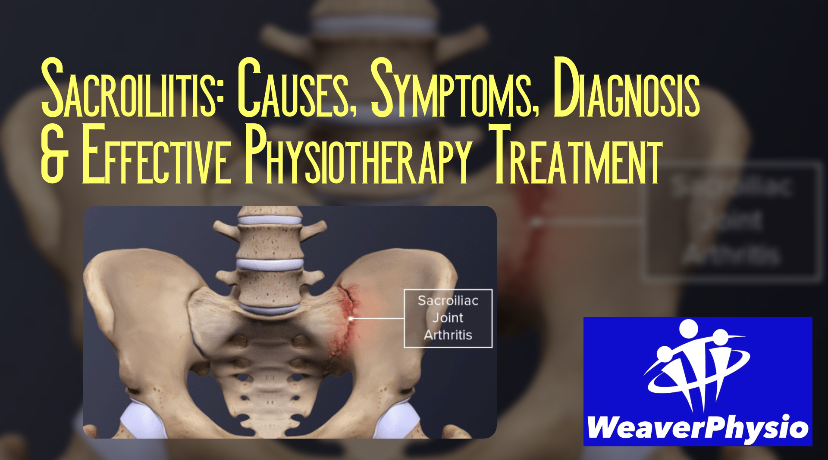Headaches

Understanding Headaches and How Physiotherapy Can Help
Headaches affect nearly half of the global population regularly. For some, they strike monthly or weekly—but for others, they’re a daily battle. Their impact can range from a mild annoyance to completely debilitating, interfering with your ability to work, drive, focus, or even stand upright. What makes headaches particularly challenging is how differently they present from person to person—varying in type, symptoms, and triggers—which often leads to misdiagnosis and ineffective treatment.
According to the International Headache Society, there are over 130 distinct headache disorders and more than 300 known causes. The good news? Many of the most common types can be identified and treated—especially with the right guidance. One common source of headache pain is dysfunction in the soft tissues around the neck. Fortunately, physical therapists are well-trained to identify and treat these cervicogenic (neck-related) headaches. Treatment often includes hands-on therapy, soft tissue release, and personalized exercises to strengthen weak muscles and prevent future episodes.
Unfortunately, many people seek relief through medication, home remedies, expensive scans, new pillows, or even dental visits—often without lasting results. Others simply write it off as “just part of life,” blaming stress, long hours, or screen time.
But living with headaches doesn’t have to be your norm. Research strongly supports physiotherapy as an effective way to manage and prevent various types of headaches.
⸻
Should You Be Concerned About Your Headache?
While most headaches are benign, a small percentage may signal something more serious. It’s important to be aware of certain red flags that warrant urgent medical attention, such as:
• Sudden onset of the worst headache you’ve ever had
• A major change in your usual headache pattern
• Headaches associated with cancer history or pregnancy
• Headaches waking you at night or starting in the early morning
• Triggered by physical strain (e.g., coughing, sneezing, sex, exercise)
• Onset after age 50
• Persistent headaches despite treatment
• Neurological symptoms (e.g., changes in vision, speech, or coordination)
If you experience any of these, see your doctor promptly.
⸻
Types of Headaches – And How They Overlap
You can suffer from more than one type of headache at the same time—a phenomenon called mixed or multi-source headaches. For example, neck dysfunction might lead to muscle spasms, raise your blood pressure, and trigger a tension headache and even a migraine, all at once. That’s why identifying the primary cause is key to successful treatment.
A proper diagnosis from a healthcare provider can help you understand your specific headache type—even if you don’t fit perfectly into one category. We also offer a helpful comparison table to guide you in recognizing common types of headaches and their triggers, symptoms, and best treatment options.
⸻
How Physiotherapy Helps
Physiotherapy has been shown—both clinically and through research—to significantly reduce headache frequency and intensity. Techniques include:
• Manual therapy: Gentle manipulation or mobilization of the neck
• Massage and trigger point release: Eases muscle spasms and tension
• Corrective exercises: Strengthens weak areas and improves posture
• Additional treatments: Acupuncture, laser, or ultrasound for certain headache types
Postural issues and repetitive strain (like a forward head posture, poor workstation setup, or constantly looking in one direction) can all contribute to headaches. A physiotherapist can assess your posture, work habits, and muscle imbalances to recommend personalised changes and exercises to address these underlying causes.
⸻
Final Thoughts
If you’re dealing with regular headaches, know that there are effective treatments available. Physiotherapy offers a safe, research-backed path to relief. Want more information or helpful self-care resources? Reach out through our website or connect with us on Facebook—we’re here to help.













